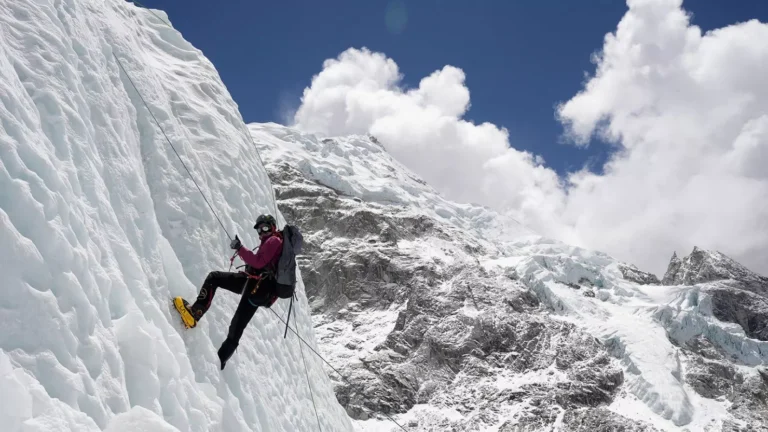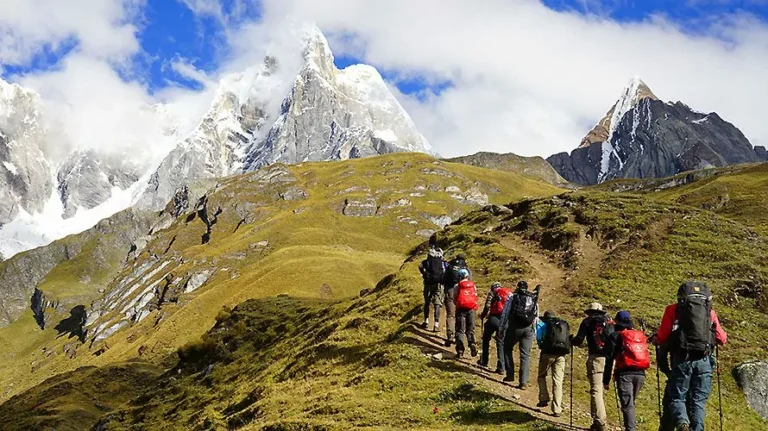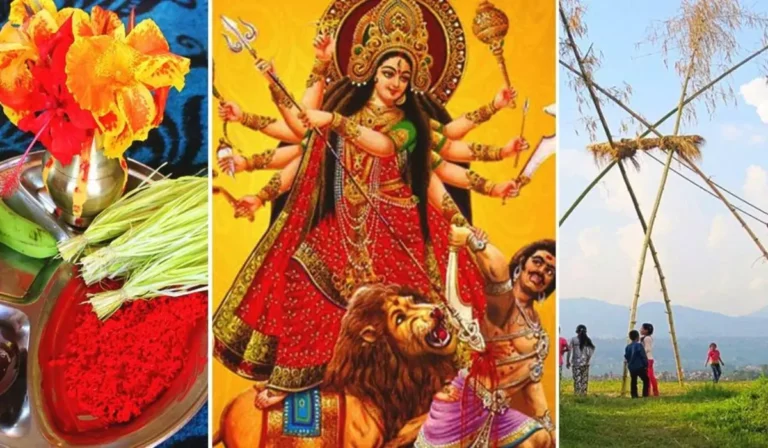- PUBLISHED
How to Pack a Trekking Backpack for a Trek in Nepal
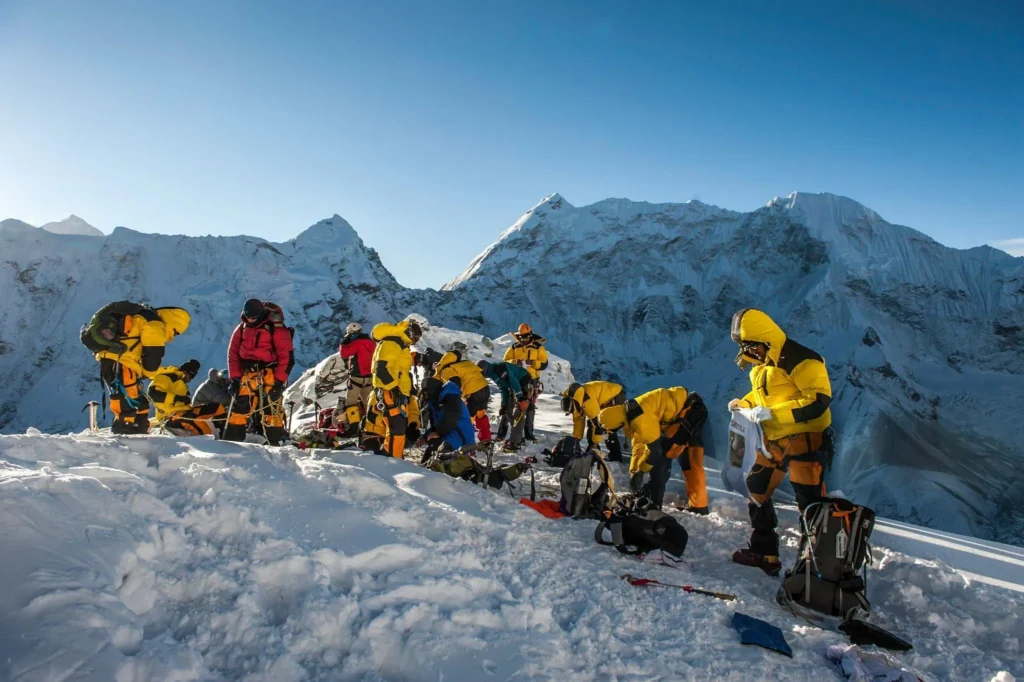
Trekking in Nepal is an unforgettable experience. Whether you’re preparing for a multi-day trek or a shorter hike through Nepal’s varied terrain, knowing how to pack a trekking backpack efficiently is essential. From weight balance to weather-readiness, smart packing ensures your safety, comfort, and enjoyment throughout the trek.
A well-packed backpack allows you to hike more comfortably, stay organized, and avoid carrying excess weight. When everything’s in its place, it’s easier to move freely and stay focused on the journey.” With the right approach to backpacking, your trekking experience in Nepal can be lighter, safer, and far more enjoyable.
Understand Your Trek and Packing Needs
Before you pack your backpack for trekking, consider the specifics of your trek. The region, season, and duration all influence what you’ll need to carry.
Know Your Trekking Route
Each trek in Nepal presents different challenges. High-altitude treks like Everest Base Camp or Annapurna Circuit require cold-weather gear, while lower-altitude trails like Ghorepani Poon Hill are milder. Longer multi-day treks require more clothing and supplies than short hikes.
Also consider whether you’re doing a teahouse trek (where you stay in lodges) or a camping trek (where you carry your tent and cooking supplies). Your packing strategy depends heavily on these factors.
Weather and Season in Nepal
Nepal’s trekking seasons greatly impact your packing list. Planning based on seasons helps you pack smarter:
- Spring (March-May): Warm days and cool nights. Ideal for layering. A 50–60 L backpack with a good ventilation system works best to accommodate variable temperatures.
- Monsoon (June-August): Wet and humid. Use a waterproof trekking backpack or a rain cover. A pack with sealed zippers and water-resistant fabric is essential.
- Autumn (September-November): Clear skies and mild temperatures. A mid-sized, well-ventilated backpack with easy-access compartments is ideal.
- Winter (December-February): Very cold, especially at altitude. Opt for a larger backpack (60–70 L) to accommodate heavy clothing, a thick sleeping bag, and winter trekking gear.
Choosing the Right Backpack
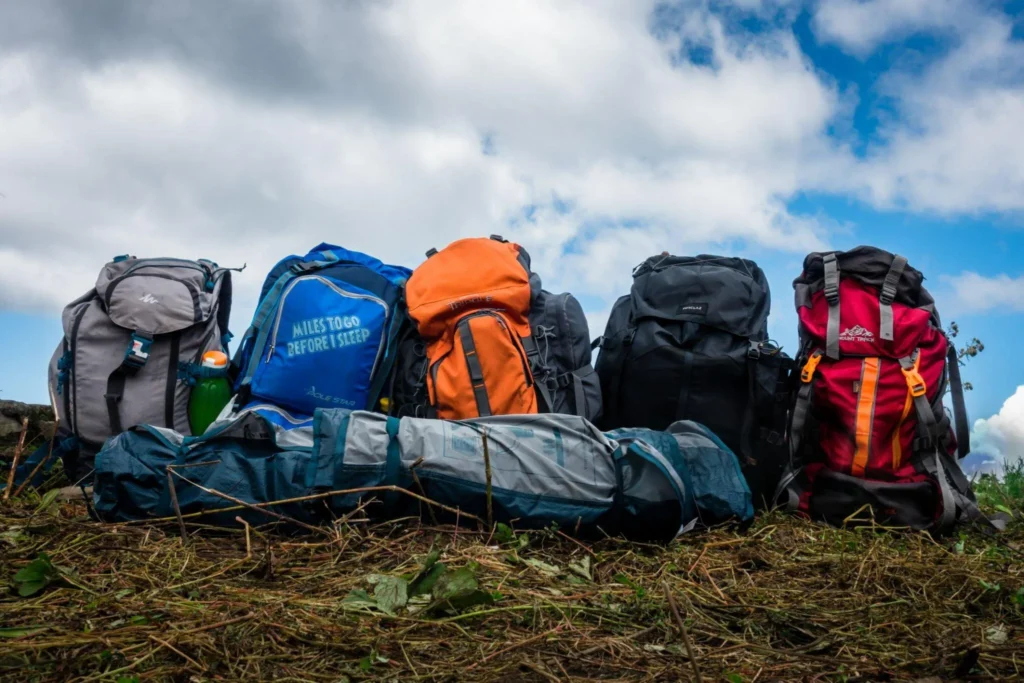
Selecting the right backpack is a crucial part of learning how to pack a trekking backpack effectively. Your backpack is not just storage; it’s your support system throughout the trek. The wrong size or design can lead to discomfort, strain, or imbalance, especially on long and rugged trails in Nepal.
Ideal Size for Nepal Treks
For most treks in Nepal, a 50 to 65 liters trek backpack is ideal. This size provides ample room for essentials like extra clothing, sleeping gear, and toiletries while helping you avoid overpacking. For shorter hikes or treks with porter support, a daypack or women’s trekking backpack in the 30–40L range may be more suitable.
Types of Trekking Backpacks
There are different types of trekking backpacks for different trekking styles. Depending on your trek length, support options, and personal preference, here are the common types of backpacks you might consider:
- Internal Frame Backpacks: These are the most popular for treks in Nepal. Their frame is built inside the pack, allowing better stability and a closer body fit. Ideal for uneven, steep, or rocky trails, as they move naturally with your body.
- External Frame Backpacks: These have a visible external structure that helps distribute weight well and keeps your back ventilated. While less flexible than internal frames, they’re great for carrying irregular loads or camping equipment.
- Daypacks: Lightweight and compact, daypacks are perfect for short hikes or as an extra bag if you’re using porters. They offer just enough space for daily essentials like water, snacks, rain gear, and a first-aid kit.
- Hydration Packs: Designed mainly for short or fast-paced hikes, these feature built-in water reservoirs and easy-access pouches. While not ideal as your main trek backpack, they’re useful for side hikes or high-output days.
Important Features to Look For In A Backpack
Backpack size is not the only issue when selecting a backpack; functionality and fit are also important. The main characteristics to be considered to achieve comfort and efficiency are the following:
- Well-padded shoulder straps and hip belt for better load distribution
- Adjustable compression straps to reduce pack volume and prevent shifting
- A top-loading design with internal compartments for better organization
- External mesh pockets for storing water bottles or quick-access items
- A built-in pack cover or durable water-resistant fabric for weather protection
- Side loops or clips for how to attach a trekking pole to a backpack securely
A well-fitted backpack should support your centre of gravity, allow freedom of movement, and reduce pressure on your shoulders and back during long days on the trail.
How to Pack a Trekking Backpack Efficiently
Understanding how to pack a trekking backpack efficiently is essential to maintaining comfort and stability throughout your journey. Strategic organization helps balance the load, improve accessibility, and reduce fatigue as you hike across Nepal’s varied terrain.
Backpack Packing Zones Explained
Your backpack can be divided into zones, each with a specific role:
- Bottom (Base Zone): This section is ideal for soft, compressible items you won’t need during the day. Pack your sleeping bag, sleeping bag liner, and tent components here. Storing them low creates a solid base without affecting your balance.
- Middle (Core Zone): This is the most important area for weight management. Store heavy items like cooking gear, food supplies, and dense clothing in the center and close to your back. This positioning keeps your center of gravity stable and reduces the risk of muscle strain.
- Top (Top Zone): Use the upper section for items you may need urgently or frequently, such as a rain jacket, snacks, gloves, or a hat. These should be light yet accessible for convenience on the trail.
- Outer Pockets/Straps: These compartments are perfect for quick-grab essentials like water bottles, sunscreen, trail maps, and snacks. You can also use side straps or loops for attaching trekking poles securely.
Understanding Weight Distribution
Proper weight distribution is crucial for maintaining balance and reducing physical stress during long hikes. Heavier items should be packed in the middle zone, positioned close to your spine to keep your load centered. Avoid putting heavy or rigid gear at the top or in external pockets, as this can make your pack feel unstable and throw off your balance.
Always tighten your compression straps to bring the load closer to your body and reduce shifting. If you’re carrying a sleeping pad or tent poles externally, ensure they’re fastened low and evenly to avoid a lopsided feel.
Essential Items to Pack for Trekking in Nepal

Packing light yet thoroughly is key for any backpacking trip in Nepal. Your gear should be minimal but multi-functional, reliable, and appropriate for the terrain and climate. Whether you’re planning a solo adventure or joining a group trek, having the right items in your bag can make all the difference in both comfort and safety. Here’s a checklist to guide you:
Clothing
- Moisture-wicking base layers (2–3 sets)
- Fleece or down jacket
- Waterproof shell jacket
- Trekking pants (convertible or zip-off recommended)
- Thermal underwear
- Extra clothing (1–2 spare sets)
- Hat, gloves, buff/scarf
- Sleepwear
Avoid bulky items. Layering is the best approach.
Footwear and Accessories
- Broken-in hiking boots
- Camp shoes or sandals
- Wool socks (3–4 pairs)
- Gaiters (for snowy or muddy trails)
Gear
- Headlamp with extra batteries
- Sleeping bag (3- or 4-season, depending on trek)
- Sleeping bag liner for extra warmth
- Sleeping pad (foam or inflatable)
- Reusable water bottles or a hydration bladder
- UV water purifier or purification tablets
- Tent body and poles (if camping)
- Lightweight stove and cookware (for independent treks)
- Pack cover or waterproof liner
Toiletries and First Aid
- Sunscreen, lip balm with SPF
- Toilet paper, hand sanitizer
- Biodegradable soap, toothbrush, and toothpaste
- First aid kit with painkillers, band-aids, and altitude sickness meds
Documents
- TIMS card
- Trekking permits
- Passport copies
- Insurance details
Snacks and Food
- Energy bars, trail mix, dried fruits
- Instant noodles, oats (for camping treks)
Pack in stuff sacks or packing cubes for organization and moisture protection.
Tips to Pack Smart and Travel Light
You’ll be walking with your bag across uneven terrain, suspension bridges, and steep climbs. These bag packing tips will help you discard the extra weight without risking safety:
- Choose multi-purpose gear (e.g., a buff that acts as a scarf, headband, or face mask)
- Do not carry bulky items that you would not be using every day
- Minimize toiletries to travel-size versions
- Use compression straps and stuff sacks to save space
- Do not pack in case of emergencies, plan according to the real needs
- Do a test run at home to check weight and fit.
Common Mistakes to Avoid When Packing for a Trek in Nepal
Even a person with a lot of experience in trekking can commit mistakes when it comes to packing and this can influence the comfort and safety during the trek. Some of the common mistakes to avoid when packing for a trek are:
- Overpacking: You do not bring as many clothes as needed, and some electronics or just-in-case gear that takes up unnecessary weight and zaps your energy during long ascents.
- Ignoring weight distribution: Unbalanced gear may cause back pain, painful shoulders, and inability to keep your feet on the steep paths on narrow trails.
- Packing heavy gear at the top: This adds your centre of gravity to the top, making the pack unstable and difficult to haul when going downhill steeply.
- Not weatherproofing your bagpack: If you do not use a waterproof cover or dry bags in your backpack, it can destroy your equipment in case of rain or snow.
- Forgetting permits and ID: You will be passing a number of checkpoints during the trek. If you do not have your documents, it can cause delays or fines.
Conclusion
Knowing how to pack a trekking backpack for a trip in Nepal can make your trip easier and memorable. Packing wisely makes certain that you’re ready for long days on the trail, shifting weather, and physical strain. Every step counts, from picking the ideal trek backpack to carefully distributing your weight.
You can make your trekking experience safer and more pleasurable by carefully packing and distributing your load. Every thoughtful decision you make lessens weariness and keeps your attention on the amazing journey that lies ahead. You can confidently and easily embrace the beauty and challenges of Nepal’s trails when your backpack is properly prepared.
Ready for your Nepal trek? Let BeThere be your travel and trekking partner every step of the way.
Table of Content
Frequently Asked Questions
What is the ideal weight for a trekking backpack?
The ideal weight for a trekking backpack should not exceed 25-30% of your body weight. For most people, this is 10-15 kg (22–33 lbs).
Can I rent trekking gear in Nepal?
Yes! Kathmandu and Pokhara have many gear rental shops offering sleeping bags, jackets, and even trek backpacks. Still, personal items like footwear and base layers should be your own.
Should I hire a porter or carry my own pack?
Hiring a porter is common and supports the local economy. Still, carry a daypack with essentials like water bottles, snacks, and layers.
How do I protect electronics while trekking?
You can store electronics (phone, camera, power bank) in dry bags or zip-lock bags inside your pack. Carry a portable solar charger or extra power bank for longer treks. Minimize use in cold weather to preserve battery life.
Can I wash clothes during the trek?
Yes, you can wash clothes during the trek as many teahouses offer basic laundry or washing areas, especially on popular routes. You can carry some biodegradable soap and quick-dry clothing. You can plan to wash and dry clothes on rest days or sunny afternoons.
How do I pack food and snacks?
You should focus on lightweight, high-energy snacks while packing for a trek, like:
- Trail mix, dried fruits, nuts
- Energy bars or granola
- Instant noodles or oats (for camping)
Pack food in zip-lock bags or stuff sacks to stay organized.
Is it better to wear your backpack high or low?
It is better to wear your backpack high and close to your body, with the hip belt resting on your hip bones. This improves balance, reduces fatigue, and prevents back strain, especially on steep Nepalese trails.
Need help choosing a trail?
Connect with a local and plan your perfect trek.

